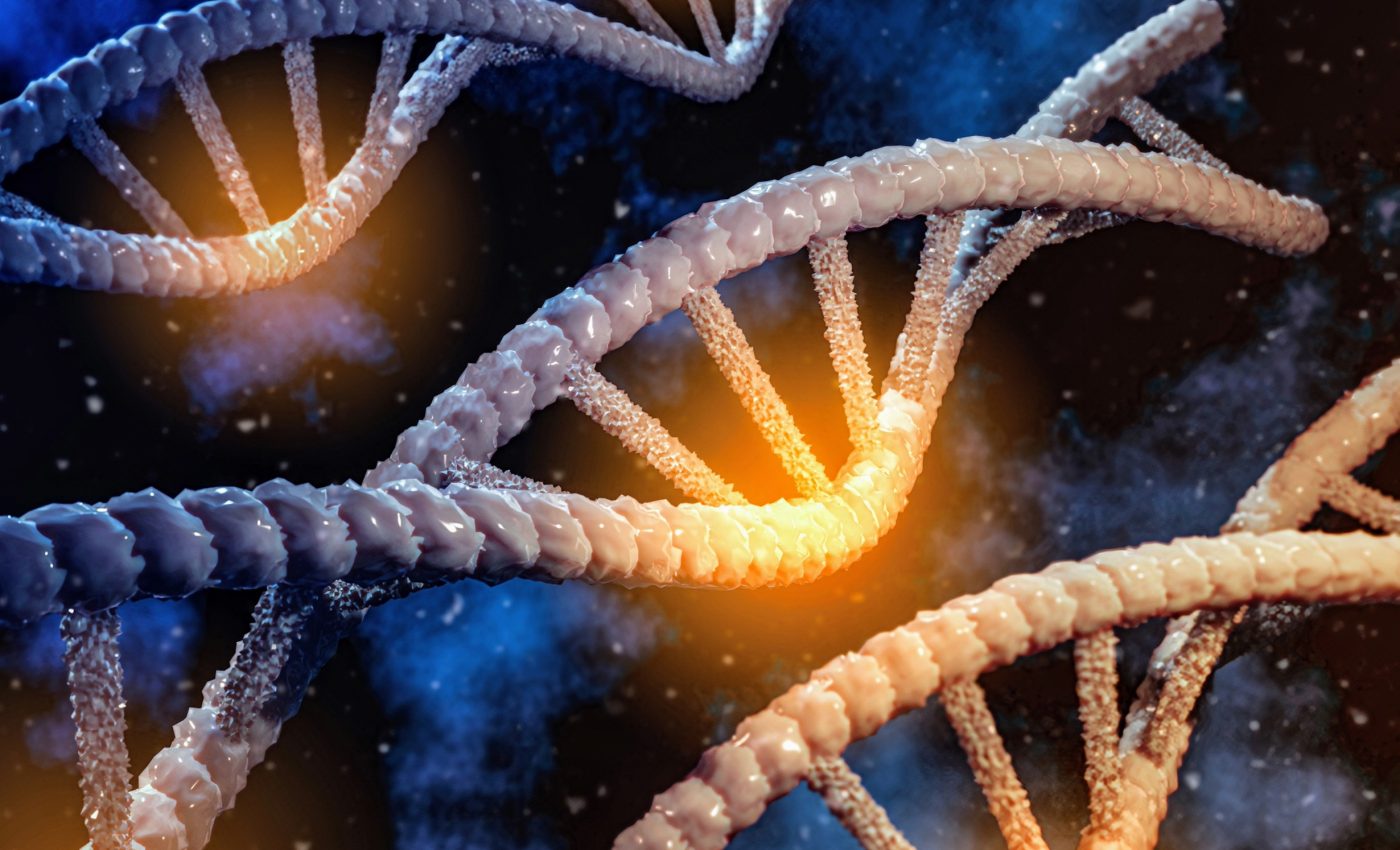
Did the building blocks of life replicate on their own?
Researchers have identified a plausible geological setting in which nucleic acids, the fundamental building blocks of genetic material, could have replicated on their own, potentially giving rise to life on Earth.
The study, published as a reviewed preprint in the journal eLife, shows how a simple interaction between gas flow and water in a narrow rock channel could create the physical conditions necessary for nucleic acid replication.
The work offers insights that may interest scientists exploring the origins of life as well as applications in nucleic acid research and diagnostics.
Emergence of life: RNA’s ability to replicate
The emergence of life on Earth remains a mystery, but one prevailing theory is that the replication of nucleic acids – DNA and RNA – was a crucial process.
RNA can store genetic information and catalyze its own replication, which would allow it to mutate, evolve, and adapt to different environments, eventually encoding the proteins essential for life.
However, for RNA to replicate, the strands must not only form double-stranded helices but also separate again to continue the replication cycle. Strand separation is difficult under high salt and nucleic acid concentrations, which are necessary for replication.
Nucleic acid synthesis
“Various mechanisms have been studied for their potential to separate DNA strands at the origin of life, but they all require temperature changes that would lead to degradation of nucleic acids,” explained lead author Philipp Schwintek, a PhD student in systems biophysics at Ludwig-Maximilians-Universität München in Germany.
Schwintek and his team investigated a geological scenario where water movement through a rock pore is dried by gas percolating through the rock, a setting that would have been common on volcanic islands during early Earth. They hypothesized that this environment could enable nucleic acid synthesis.
The researchers built a laboratory model of a rock pore with water flowing upwards and evaporating at an intersection with a perpendicular gas flow.
This interaction created circular currents in the water, potentially leading to the accumulation of dissolved gas molecules and nucleic acids near the surface.
Testing the hypothesis
To test their hypothesis, the team used beads to monitor water flow and tracked the movement of fluorescently labeled short DNA fragments.
“We found that water continuously evaporated at the interface, but the nucleic acids in the aqueous face accumulated near the gas/water interface,” Schwintek said.
Within five minutes, there was a threefold accumulation of DNA strands, which increased thirtyfold after an hour.
DNA strand separation
While this suggests that nucleic acids could concentrate enough for replication, the separation of double-stranded DNA is still necessary.
Typically, temperature changes drive this process, but the researchers proposed that fluctuations in salt concentration, driven by the circular flow of water, could achieve the same effect.
To test this, the team used FRET spectroscopy to measure DNA strand separation. A high FRET signal indicated that DNA strands were still bound, while a low signal suggested that the strands had separated.
Initially, FRET signals were high near the gas-water interface, but as the experiment continued, they dropped, indicating single-stranded DNA.
The team also observed that fluctuations in salt concentration, caused by the vortex at the gas-water interface, played a role in separating the strands. While nucleic acids and salts accumulated near the interface, concentrations remained low in the bulk of the water.
Dynamic conditions allow life to replicate
Next, the researchers tested whether nucleic acid replication could occur in this environment by adding fluorescently labeled nucleic acids and an enzyme to synthesize double-stranded DNA.
After two hours, they detected an increase in fluorescence, signaling the creation of more double-stranded DNA molecules. When the gas and water flow were halted, no such increase was observed, indicating that replication relied on the dynamic conditions of the environment.
“In this work, we investigated a plausible and abundant geological environment that could trigger the replication of early life,” said senior author Dieter Braun, a professor of systems biophysics at Ludwig-Maximilians-Universität München.
“We considered a setting of gas flowing over an open rock pore filled with water, without any change in temperature, and found that the combined gas and water flow can trigger salt fluctuations which support DNA replication.”
“Since this is a very simple geometry, our findings greatly extend the repertoire of potential environments that could enable replication on early planets.”
—–
Like what you read? Subscribe to our newsletter for engaging articles, exclusive content, and the latest updates.
Check us out on EarthSnap, a free app brought to you by Eric Ralls and Earth.com.
—–













